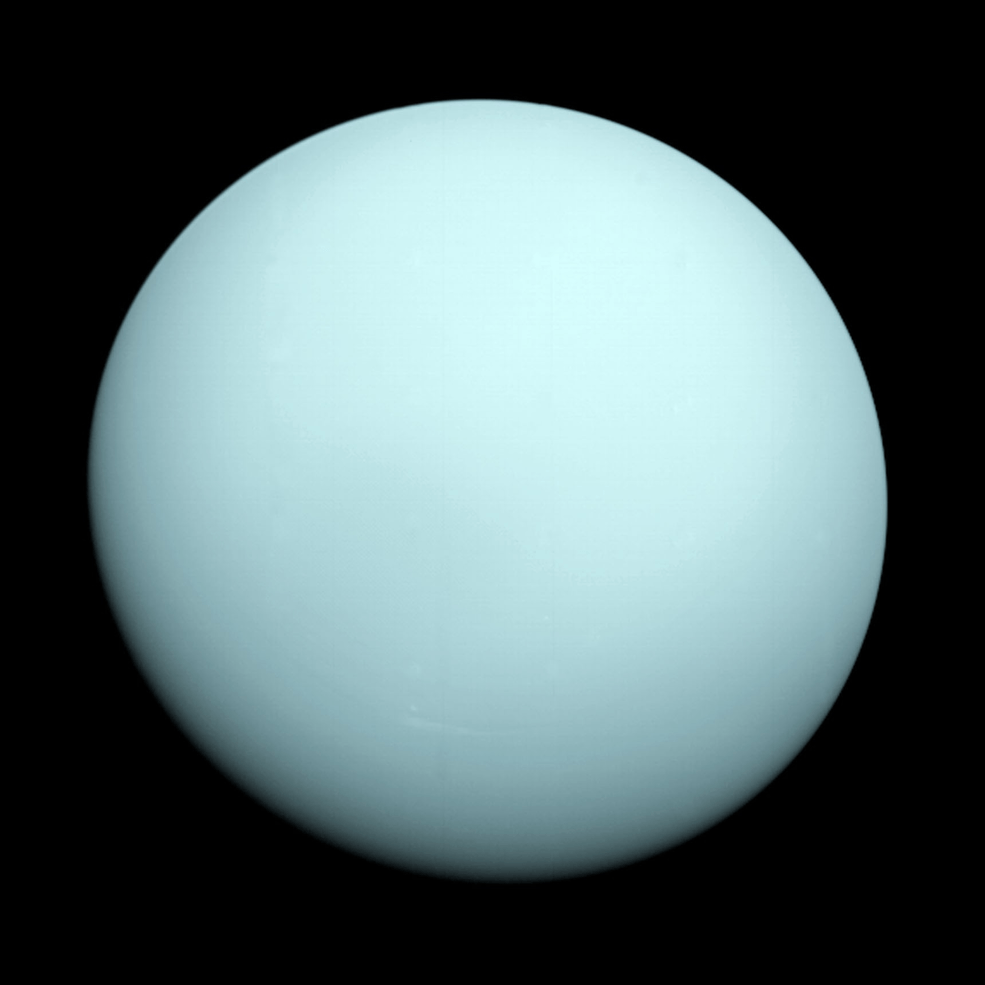Mysterious Interstellar Object ‘Oumuamua Explained by New Theory
Since its discovery in 2017, an air of mystery has surrounded the first known interstellar object to visit our solar system, an elongated, cigar-shaped body named ‘Oumuamua (Hawaiian for “a messenger from afar arriving first”). A new scenario based on computer simulations accounts for all of the observed characteristics of the first known interstellar object ...













